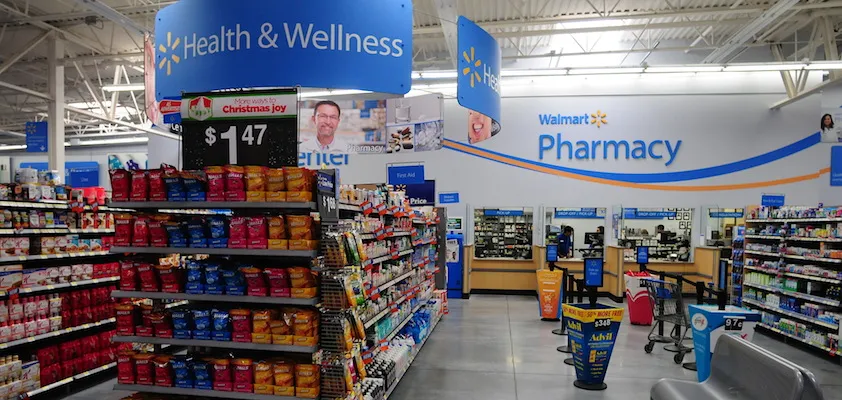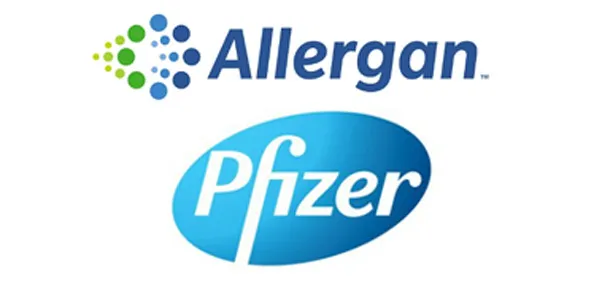BENTONVILLE, Ark. — After eight months on the job as president and chief executive officer of Walmart U.S., Greg Foran has gained a clear view of where the retailer needs to improve and what it needs to do.
Foran shared his views on the state of the nation’s largest retailer during its Strategic Update for Investors and Analysts here recently. For starters, he reiterated that the Walmart U.S. management team is focused on price, assortment, customer experience and access. In all of those areas, he said, Walmart has opportunities to improve.
Greg Foran
Foran described the major challenges and opportunities facing Walmart’s flagship division and elucidated, with Judith McKenna, the new chief operating officer of Walmart U.S., the initiatives that are under way to address them. In some cases, such as the Walmart shopping experience, the problems were recognized by prior management regimes a decade ago, but previous efforts to resolve them apparently did not succeed or were eventually undercut by altered priorities such as lowering store labor costs.
In any event, many of the issues are basic retail blocking and tackling. “Our processes require some rework,” Foran said in an understatement. “Might be overnight stocking, markdown cadence, rotation of fresh food. They are just some. We want this to be the year of improving our stores, so by the time we hit holiday season, our stores are clean, tidy, well-merchandised and run by engaged associates. Today, in the main, they are not.”
Foran also singled out inventory management and flow as another area requiring attention. “We have too much inventory in the back rooms, and our processes are not where we want them to be,” he elaborated. “That is causing some undue shrinkage and some out-of-stocks … Our modular and merchandise flow can be much better. There are lots of opportunities.”
He noted that the stores are stocking too many PDQs, or manufacturer-supplied product displays, which can be easily moved from the back room to the sales floor without requiring store associates to spend time restocking a shelf or end-cap. Management has already reduced the number of PDQs being shipped to stores and gone further to give store managers the discretion to control merchandising in “an important share of the space” to allow the managers to be merchants and to take advantage of local product opportunities.
Another important inventory initiative is reducing prices on products nearing their expiration date, which Foran estimates can deliver savings of more than $500 million annually.
Management is also looking at store layout and design in both Supercenters and Neighborhood Markets, with a special focus on such factors as adjacencies, traffic flow, sight lines, lighting and even temperature. Some recently opened stores, in Foran’s view, are inferior to older stores in terms of customer convenience.
“There are opportunities for us to significantly update and improve things like space allocations, adjacencies, ambience, navigation and flow in both our formats,” he said.
In fact, management has already made significant progress on what Foran described as the reinvention of the Supercenter and Neighborhood Market. For example, McKenna pointed out that all Neighborhood Markets going forward will locate the bakery and deli by the entrance, making them the first departments that customers encounter.
While operational issues may seem to be claiming top priority, pricing and merchandising are also part of the agenda. While Walmart claimed in recent years to have reasserted its everyday-low price approach, Foran acknowledged that in some markets, competitors beat Walmart on price, while in others the gap between Walmart and its rivals is too narrow.
To tackle these challenges, Foran and his team have developed a number of major projects. For example, to deal with pricing, the company is developing new tools to assure that its pricing is competitive but, beyond that, product sourcing options are being explored.
In addition, initiatives are under way to improve assortments, using data to bring them more in line with customer needs. Fresh products and private label are both being looked at. “While we are the largest private label player in the U.S., we can and should do more,” Foran said. “Our customers love it, and it delivers on our promise. But we are not fulfilling our mission of ‘save money, live better’ if we don’t provide a more competitive price offering in some private label areas.”
The theme of access, of course, relates to Walmart’s efforts to tie together its 4,500 U.S. stores with its e-commerce operation. The opportunity is huge, and management is investing substantial sums in upgrading the company’s capabilities.
Walmart had piloted a grocery home shopping test in Denver, which it has extended to Phoenix and Huntsville, Ala. In Denver the company tested both home delivery and store pickup, but in some stores in the new markets, pickup only is under test, noted McKenna, who added that customer response has been strongly positive.
McKenna further pointed out that expanding access and tying together brick-and-mortar stores and e-commerce involves changing the stores as well. “We are looking at stores where we can take that to the front of the store to make that a more convenient place for customers to pick up,” she remarked. “As they check out, they can collect their parcels, but [there is] also a very different signage package, very easy to see and easy for the customer to know that’s the business we are in.”
All in all, the program described by Foran and McKenna involves massive change for Walmart U.S. While some analysts voiced anxiety about the cost impact involved, Foran replied that some costs will be offset by savings achieved through greater efficiency and improved performance. Moreover, if the program of change achieves its goals, sales will undoubtedly grow faster than recent years.
“We are not thinking about this quarter to quarter,” Foran said. “We are thinking in a much longer time frame. We are 100% committed to getting this thing not just right for a year or two but right for a couple of decades.”








